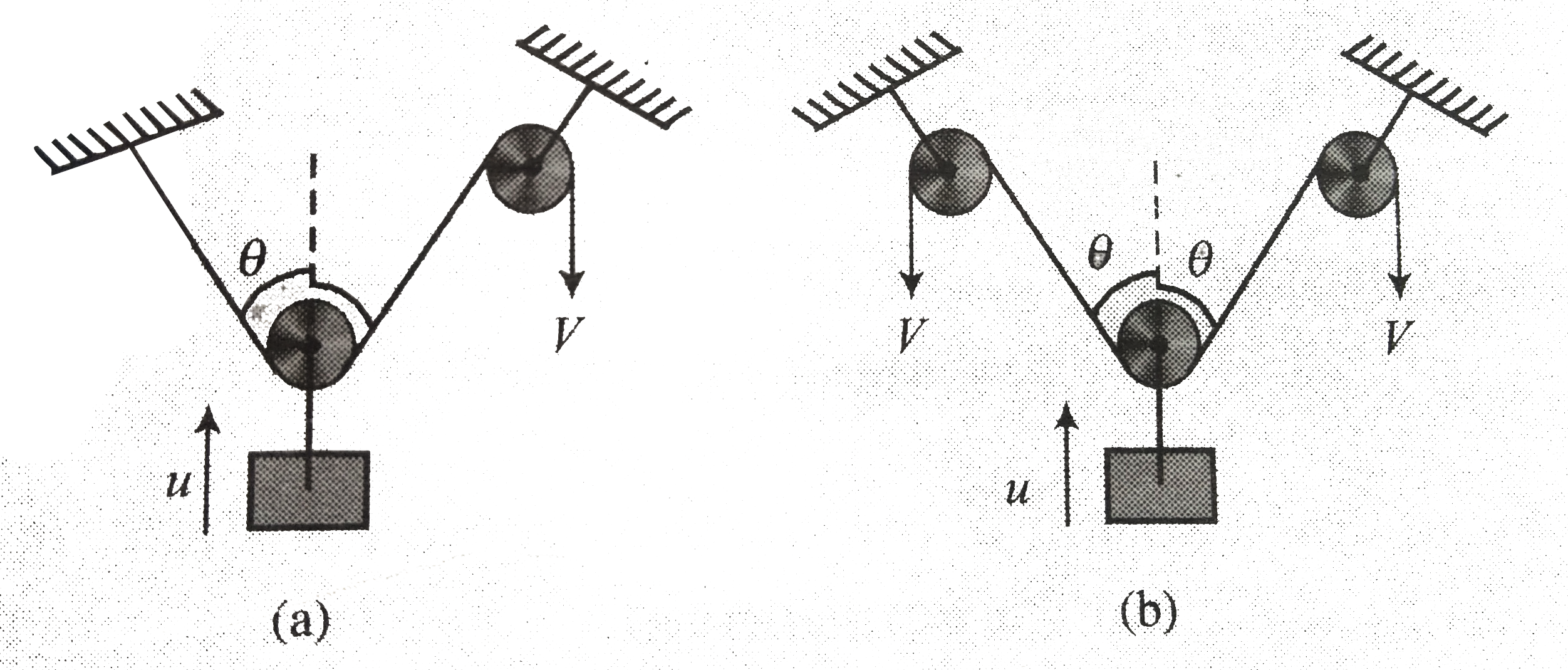Let the sides of a parallelogram be U=a, U=b,V=a' and V=b', where U=lx+my+n, V=l'x+m'y+n'. Show that the equation of the diagonal through the point of intersection of
U=a,V=a'andU=b,V=b' is given by ∣∣
∣∣UV1aa'1bb'1∣∣
∣∣=0.
Step by step video solution for Let the sides of a parallelogram be U=a, U=b,V=a' and V=b', where U=lx+my+n, V=l'x+m'y+n'. Show that the equation of the diagonal through the point of intersection of U=a, V=a' and U=b, V=b' " is given by " |{:(U,V,1),(a,a',1),(b,b',1):}| =0. by Maths experts to help you in doubts & scoring excellent marks in Class 12 exams.
Updated on:21/07/2023Similar Questions
Let the sides of a parallelogram be U=a,U=b,V=a' andV=b', where U=lx+my+n,V=l'x+m'y+n'. Show that the equation of the diagonal through the point of intersection of U=a,V=a' and U=b,V=b' is given by det ⎡⎢⎣UabVa'b'111⎤⎥⎦=0.
View SolutionSelect the correct statements for the equilibrium under standard conditions.
H2O(s)⇔H2O(l),ΔSΘ1
H2O(l)⇔H2O(g),ΔSΘ2
H2O(s)⇔H2O(g),ΔSΘ3
View Solution
Knowledge Check
If U: V = 6:7 and V:W= 21 : 6, then find U:V:W.
A6:7:6B5:4:3C6:14:12D6:7:2
The table given below shows the position of element U, V, X, Y and Z.

Which is larger in size V or X
View SolutionIf the string is inextensible, determine the velocity u of each block in terms of v and θ.

(a) fig a: u=…
(b) fig.(b): u=….
View SolutionIf y=uv, where u and v are functions of x, show that
v3d2ydx2=∣∣ ∣∣uv0u'vvu''v''2v'∣∣ ∣∣.
View SolutionIf a ,b,c, and u,v,w are complex numbers representing the vertices of two triangle such that they are similar, then prove that a−ca−b=u−wu−v
View SolutionTwo particles are projected from a point at the same instant with velocities whose horizontal and vertical components are u1,v1 and u2,v2 respectively. Prove that the interval between their passing through the other common point of their path is
2(v1u2−v2u1)g(u1+u2)
View SolutionSolve the following system of equations: 8v−3u=5uv, 6v−5u=−2uv
View SolutionLet u≡ax+by+ab3=0,v≡bx−ay+ba3=0,a,b∈R, be two straight lines. The equations of the bisectors of the angle formed by k1u−k2v=0 and k1u+k2v=0 , for nonzero and real k1 and k2 are
View Solution
